
Trip guide for Asakusa
Asakusa, one of Tokyo’s most historically rich districts, is a vibrant area where old traditions and modern life merge. Known for its iconic Senso-ji Temple, lively shopping streets, and a unique mix of historic and cultural landmarks, Asakusa offers travelers a window into Japan’s Edo period and beyond. This guide will walk you through the top attractions, unique experiences, dining options, and historical significance of Asakusa, ensuring you make the most of your visit.
Read on to discover everything you need to know to experience Asakusa to the fullest, from must-see spots to local flavors and intriguing historical insights.
1. Overview of Asakusa
Asakusa is located in the northeastern part of Tokyo’s Taito district and is best known for preserving its historical charm amidst Tokyo’s rapidly modernizing landscape. The area’s top attraction, Senso-ji Temple, draws millions of visitors annually, with its towering red gate and grand temple halls, offering a timeless glimpse into Japan’s Buddhist heritage. Surrounding Senso-ji are bustling shopping streets, scenic river views, and a maze of narrow alleyways filled with shops, eateries, and quaint cafés.
Asakusa provides a unique experience by blending Edo-period Japan with modern Tokyo. It’s a favorite destination for visitors looking to experience traditional Japanese culture through its food, festivals, and preserved architecture. Additionally, Asakusa’s location near the Sumida River offers beautiful river views and access to leisurely cruises that pass under some of Tokyo’s most famous bridges.
2. Must-See Attractions
Asakusa boasts numerous attractions that capture the heart of Japanese culture and history. Here are the top spots that no visitor should miss:
Senso-ji Temple
Senso-ji Temple, Tokyo's oldest and most famous Buddhist temple, is dedicated to the goddess Kannon. The iconic red Kaminarimon (Thunder Gate) marks the entrance to the temple grounds, where you’ll find a massive red lantern and statues of the protective deities Fujin and Raijin. Leading up to the temple is Nakamise-dori, a lively shopping street where you can buy traditional snacks and souvenirs. Inside, the main hall is awe-inspiring, with stunning architecture and serene atmospheres, making it a place of reverence and cultural significance.
Asakusa Shrine
Just next to Senso-ji Temple is Asakusa Shrine, a Shinto shrine dedicated to the founders of Senso-ji. Known for its intricate wooden carvings and traditional architectural style, Asakusa Shrine hosts the famous Sanja Matsuri, a vibrant festival celebrating Shinto spirits, which takes place every May. Unlike Senso-ji, Asakusa Shrine offers a quieter, more intimate environment perfect for reflection and exploring the connection between Shinto and Buddhism in Japanese culture.
Tokyo Skytree
Although technically outside Asakusa, the nearby Tokyo Skytree is a modern landmark visible from many spots in Asakusa. The world’s tallest free-standing tower offers breathtaking views of Tokyo, including stunning panoramas of Asakusa and the Sumida River. Skytree also features shopping and dining options, making it a worthwhile stop for anyone visiting the area.
3. Unique Experiences in Asakusa
Beyond sightseeing, Asakusa offers unique experiences that allow visitors to immerse themselves in local culture and history:
Rickshaw Rides
Asakusa is famous for its traditional rickshaw rides, where local guides dressed in traditional attire offer narrated tours of the area’s main attractions. The rickshaw drivers share fascinating stories about Asakusa’s history, its temples, and hidden gems, providing an insightful and fun way to explore the district. Rickshaw rides are customizable, allowing you to select routes that best match your interests and schedule.
Kimono Rentals
Walking through Asakusa in a kimono adds a layer of cultural immersion to your visit. Several rental shops offer a wide selection of beautiful kimonos, complete with traditional accessories and hairstyling services. Whether it’s for photos around Senso-ji or a stroll along the Sumida River, wearing a kimono gives visitors a sense of traditional Japanese aesthetics and enhances the experience of visiting historical sites.
Sumida River Cruises
A scenic river cruise along the Sumida River is a relaxing way to see Tokyo from the water. The cruise offers views of Tokyo’s bridges, riverside parks, and the city skyline. Some boats are designed in traditional Japanese styles, allowing passengers to experience a blend of historical and modern Japan. These cruises run throughout the day, and an evening cruise offers stunning nighttime views of the city lights.
4. Dining and Shopping in Asakusa
Asakusa’s dining scene is a delightful mix of traditional eateries and trendy spots, while its shopping areas are known for selling unique local products.
Traditional Japanese Sweets
Asakusa’s Nakamise-dori is famous for its traditional Japanese sweets, such as ningyo-yaki (small, doll-shaped cakes filled with sweet red bean paste) and melonpan (a sweet bread with a crispy, cookie-like crust). For a taste of authentic Japanese desserts, try these treats at one of the many stalls lining the street.
Tempura Restaurants
Asakusa is renowned for its tempura, a traditional Japanese dish of battered and deep-fried seafood and vegetables. The district is home to several longstanding tempura restaurants, where diners can enjoy crispy, golden tempura served with rice and dipping sauces. Tempura at these restaurants is often a balanced, light meal ideal for lunch or dinner.
Craft Shops and Antique Stores
Shopping in Asakusa offers a chance to find unique Japanese crafts and antiques. Traditional items, such as handmade fans, paper lanterns, and pottery, are sold in many shops around the area. These items make for memorable souvenirs and are perfect for anyone interested in Japanese craftsmanship.
5. The History of Asakusa
Asakusa’s history dates back to the Edo period (1603-1868), when it flourished as Tokyo’s entertainment district. The area was known for its kabuki theaters, teahouses, and pleasure quarters, attracting visitors from all over Japan. Asakusa was an important cultural center, where people came to enjoy performing arts, storytelling, and traditional Japanese festivals.
In the Meiji period (1868-1912), Asakusa modernized with the establishment of theaters and entertainment halls, and it was in this period that Japan’s first movie theater opened in Asakusa. Although parts of the district were damaged during World War II, it was quickly rebuilt, retaining much of its historical character. Today, Asakusa remains a testament to Tokyo’s ability to preserve its past while adapting to the present.
Share
You may also like
-

Visiting Japan’s Love Hotel Districts: What to Expect
Japan’s love hotel districts are famous for their unique and fascinating blend of privacy, creativity, and a touch of...
-

Top 10 Late-Night Dining Spots in Tokyo’s 24-Hour Cafes
Tokyo’s vibrant nightlife extends well beyond bars and nightclubs, with a thriving late-night dining culture tha...
-

Best Night Tours in Tokyo for After-Dark Adventures
Tokyo’s nightlife is renowned for its energy, vibrancy, and unique blend of traditional and modern experiences. From ...
-

Japan’s Late-Night Food Culture: 8 Best Street Eats
Japan’s late-night food culture is a vibrant experience, especially in bustling cities like Tokyo and Osaka, where de...
-

7 Rooftop Bars in Tokyo for Stunning Views
Tokyo’s rooftop bars offer some of the best ways to soak in the city’s skyline while enjoying drinks, atmosphere, and...
-

10 Best Nightclubs in Tokyo for Dancing and Music Lovers
Tokyo's nightlife is renowned for its variety and energy, with nightclubs that range from high-energy dance floors to...
-

8 Themed Bars and Cafes You Need to Visit in Tokyo
Tokyo is famous for its creative and quirky themed bars and cafes, offering immersive experiences for locals and...
-

Tokyo Nightlife Guide: Shinjuku, Shibuya, and Roppongi Highlights
Tokyo’s nightlife is legendary, offering a mix of vibrant energy, entertainment, and unique experiences in some of it...
-
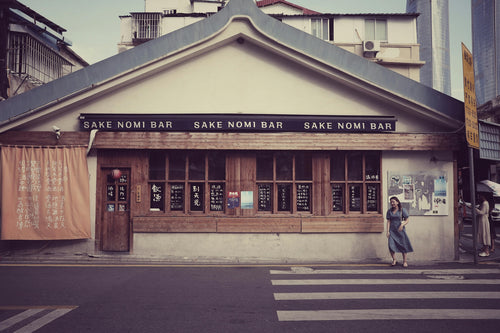
7 Best Japanese Sake Bars in Tokyo
Tokyo is home to some of Japan’s best sake bars, offering both locals and visitors an opportunity to explore the...
-

Top 6 Observation Decks in Tokyo for Scenic Views
Tokyo’s observation decks offer some of the best panoramic views of the city, giving visitors a chance to see th...
-
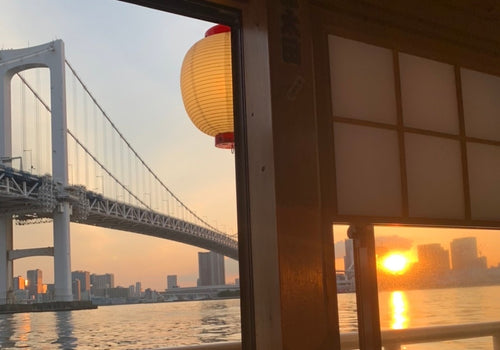
Night Cruises in Tokyo: Enjoy the City Views
Tokyo’s skyline is mesmerizing at any time, but experiencing it from the water on a night cruise adds a magical ...
-
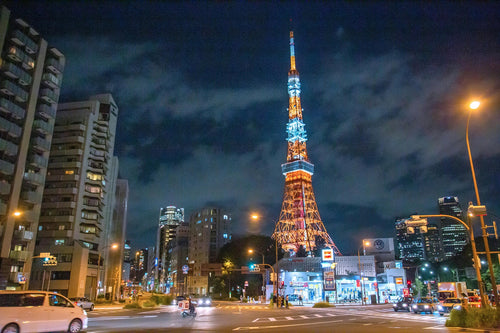
Roppongi Art and Nightlife Guide
Roppongi is one of Tokyo’s most vibrant districts, known for its lively nightlife, sophisticated art scene, and ...
-
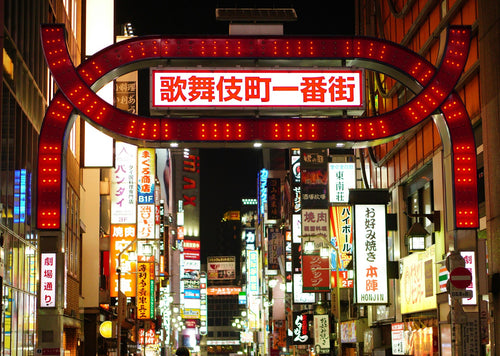
Nightlife Guide to Shinjuku Kabukicho
Shinjuku’s Kabukicho district, known as Tokyo’s “Sleepless Town,” is the center of nightlife in Tokyo. Renowned ...
-

6 Best Night View Spots in Tokyo
Tokyo at night is a breathtaking spectacle, with illuminated skyscrapers, iconic landmarks, and bustling streets that...
-

Top 12 Sake Breweries in Japan for Tasting and Tours
Japan’s sake culture is celebrated around the world for its depth, complexity, and rich history. Sake, or nihons...
-
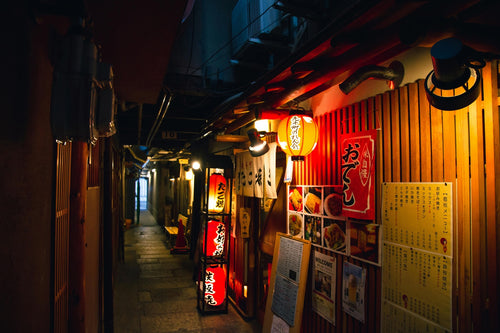
How to Enjoy a Night at a Japanese Izakaya
Japanese izakayas are casual, lively spots where locals gather after work to enjoy drinks, share small plates, a...
-

Exploring Karaoke Culture in Japan: 8 Best Places to Sing
Karaoke is an integral part of Japanese culture, offering a fun and entertaining way for friends, family, and even co...
-

5 recommended bars in Golden Gai
Golden Gai, nestled in the heart of Tokyo’s Shinjuku district, is one of the city’s most iconic bar districts. Known ...
-
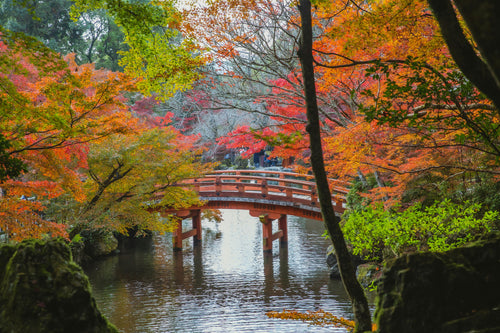
10 Japanese Gardens You Should Visit for Tranquility
Japanese gardens are renowned for their beauty, tranquility, and intricate designs that reflect harmony with nature. ...
-

Japan’s Kimono Heritage: Symbolism, Style, and Where to See
The kimono, Japan’s traditional garment, is a beautiful and symbolic representation of Japanese culture. From its int...
-
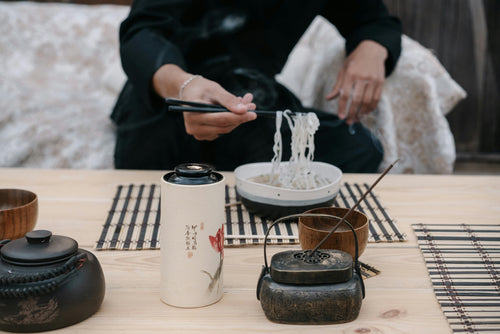
Etiquette Essentials for Visitors to Japan
Japan’s culture is rich in respect, politeness, and consideration, making etiquette an essential part of daily l...
-

7 Best Places to Discover Japan’s Samurai History
Japan’s samurai history is one of honor, skill, and deep cultural influence, stretching back centuries and leaving an...
-
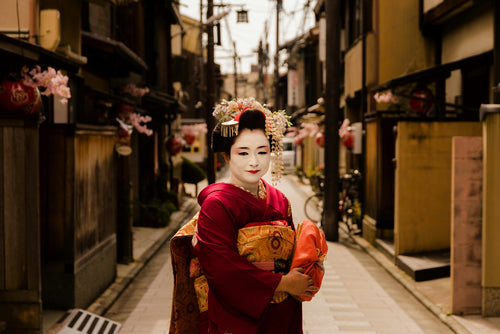
Geisha Culture in Japan: Myths and Realities
The world of geisha, Japan’s skilled performers and keepers of traditional arts, has long intrigued people around th...
-

Japan’s Unique Architecture: Top 8 Traditional and Modern Landmarks
Japan is renowned for its unique blend of ancient architectural heritage and cutting-edge modern designs. From c...
-
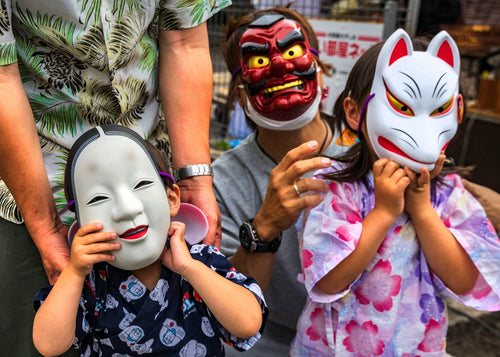
10 Traditional Japanese Festivals (Matsuri) You Can’t Miss
Japanese festivals, or *matsuri*, are vibrant celebrations of cultural heritage, featuring elaborate costumes, l...
-
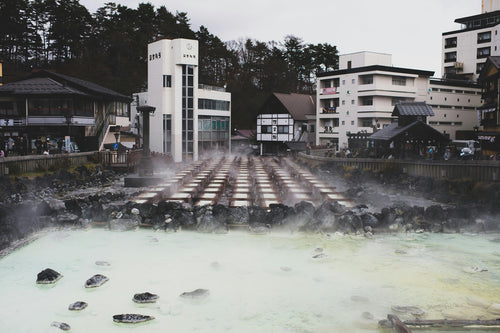
Japan’s Three Great Onsen: A Guide to Famous Hot Springs
Japan is famous for its natural hot springs, or *onsen* (温泉), offering visitors a unique opportunity to relax and rej...
-
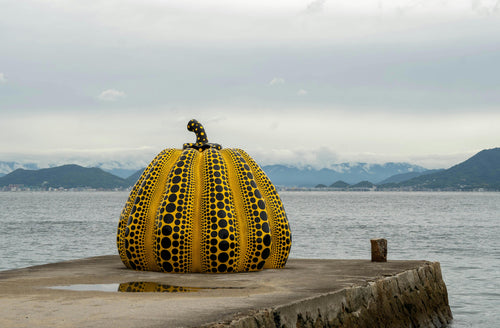
Japanese Art Exploration: Best Spots to Enjoy Art in Japan
Japan is a country rich in artistic heritage, from centuries-old traditional crafts to modern, innovative instal...
-

Guide to Japan’s Fireworks Festivals: When and Where to Go
Japan’s summer fireworks festivals, known as "hanabi taikai" (花火大会), are among the most anticipated events in th...
-
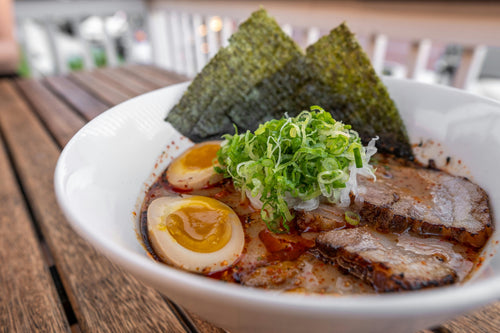
Where to Experience Ramen-Making Classes in Japan
Ramen is one of Japan’s most beloved dishes, with countless regional styles and flavors that attract food lovers from...
-
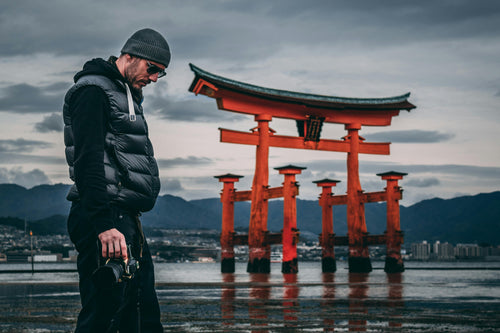
Power Spot Tours: Japan’s Famous Temples and Shrines
Japan is a land steeped in spiritual history, and visiting its temples and shrines provides not only a glimpse i...
-
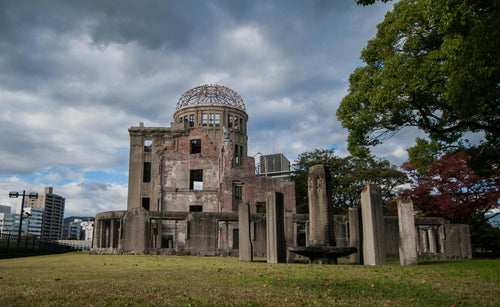
UNESCO World Heritage Site Tour Guide in Japan
Japan is home to numerous UNESCO World Heritage Sites, each offering a glimpse into the country’s rich cultural herit...
-

5 Famous Japanese Castles: History and Highlights
Japan is home to some of the most beautiful and historically significant castles in the world. Built during the feuda...
-
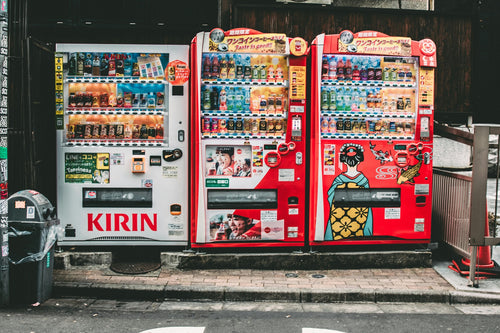
10 Unique Drinks to Try from Japanese Vending Machines
Japan is famous for its vending machines, offering an incredible variety of drinks that go beyond just soft drinks an...
-
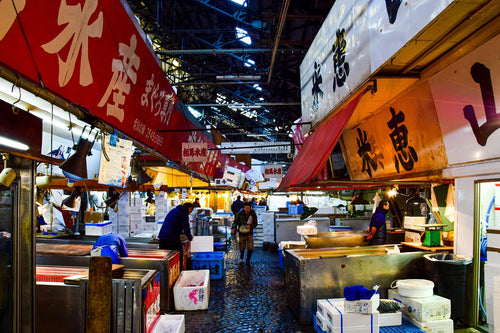
Tokyo Market Guide: Exploring Tsukiji and Toyosu Markets
Tokyo's Tsukiji and Toyosu Markets are must-visit spots for food lovers and anyone interested in Japan’s rich culinar...
-
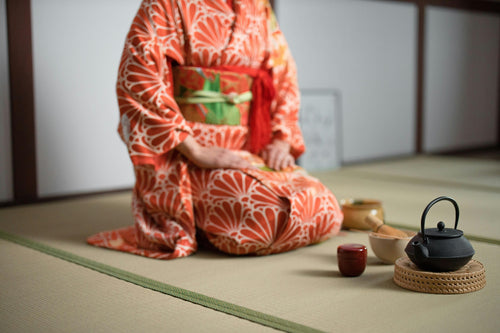
Experiencing Traditional Tea Ceremony in Tokyo
The Japanese tea ceremony, or "chanoyu," is a cultural experience steeped in tradition, aesthetics, and mindfulness....
-
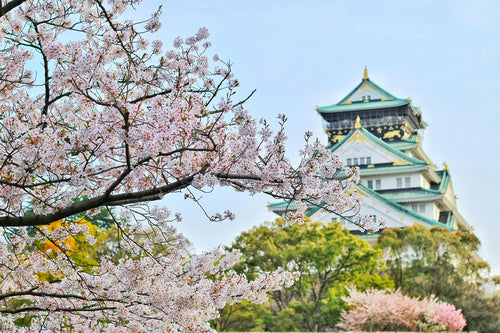
Top 7 Cherry Blossom Viewing Locations in Tokyo
Springtime in Tokyo is synonymous with the cherry blossom season, a breathtaking period when the city’s parks, rivers...
-
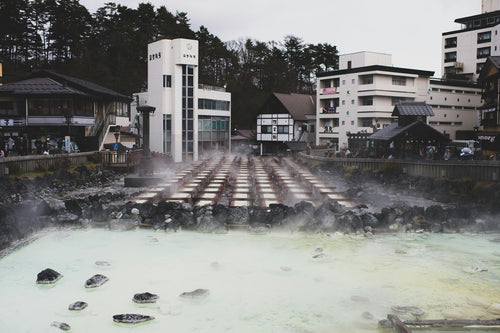
What is Onsen? A Guide to History, Benefits, and Etiquette
Onsen, Japan’s cherished hot spring culture, offers a unique blend of relaxation, scenic beauty, and deep-rooted trad...
-
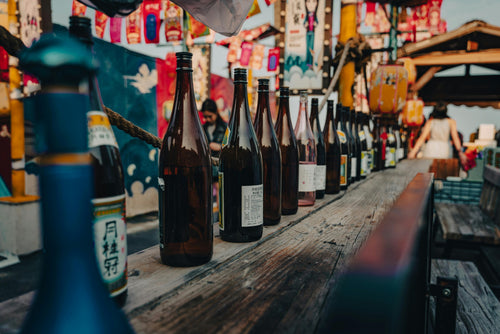
What is Sake? Its Production Method and History
Sake is a traditional Japanese alcoholic beverage made from fermented rice. It has been enjoyed in Japan for over a t...
-

8 hot springs with beautiful scenery near Tokyo
Tokyo is a bustling metropolis, but just outside the city are some of Japan's most serene hot springs, or onsens, off...
-

Top 10 museum to visit in Tokyo
Tokyo is home to a diverse range of museums that cater to all interests, from art and history to technology and pop c...
-
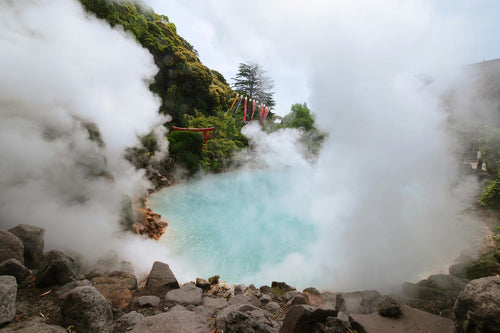
9 Best Hot Spring and Bathhouse in Tokyo
Tokyo is known for its vibrant urban energy, but it's also a fantastic place to relax and rejuvenate in hot springs (...
-
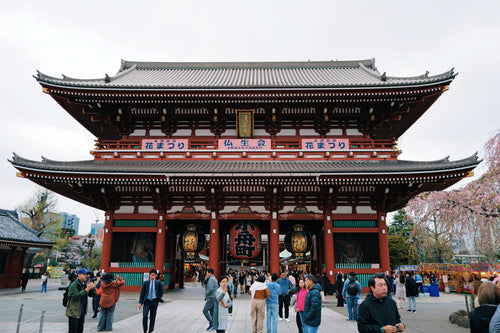
15 Famous Temples and Shrines to Visit near Tokyo
Tokyo and its surrounding areas are home to many famous temples and shrines that showcase Japan's rich spiritual and ...










































